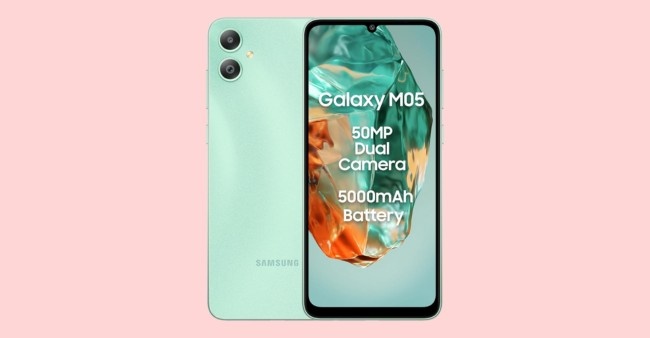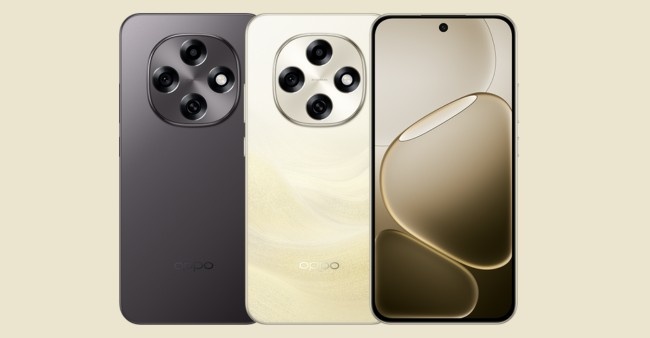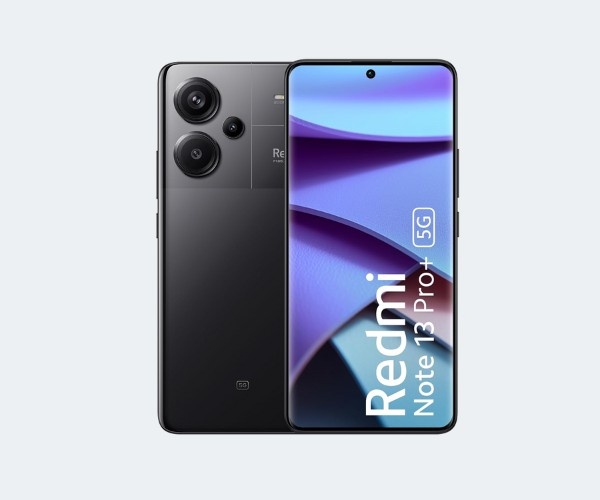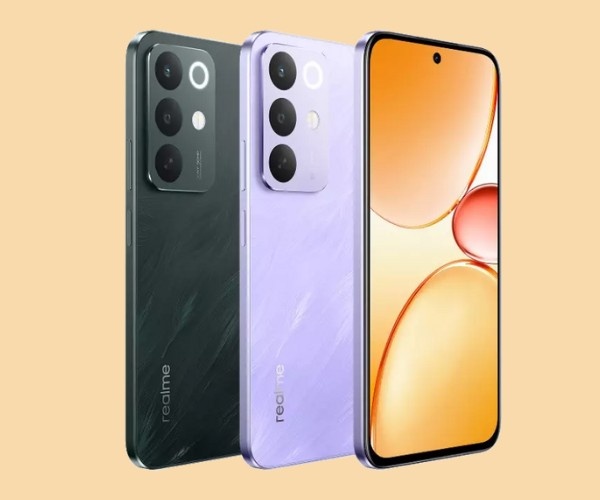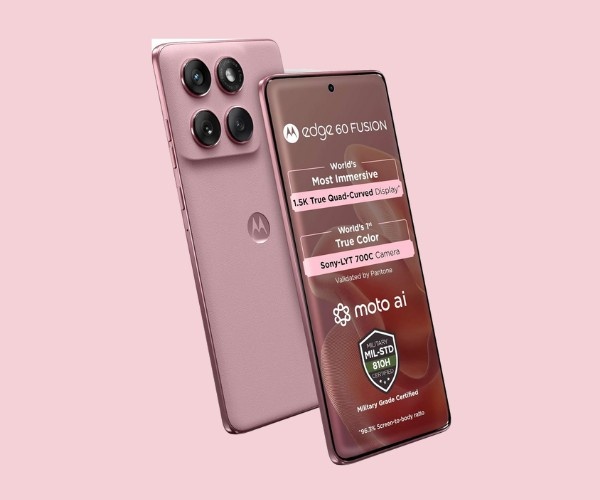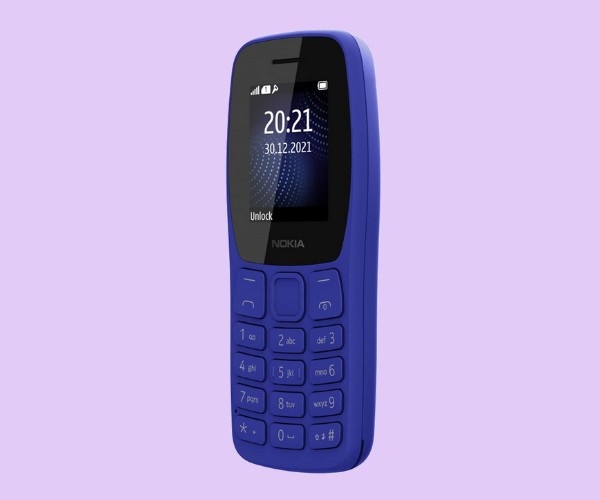Nokia 1100: The Humble Phone That Changed the World
When Nokia unveiled the 1100 model in August 2003, very few in the industry could have predicted that this simple, entry-level handset would go on to become a global legend. But that’s exactly what happened. The Nokia 1100 shattered all previous mobile phone sales records, selling more than 250 million units globally and securing its place as the most sold mobile device in history. From a modest beginning to global dominance, the journey of the Nokia 1100 is a powerful story about understanding consumer needs, engineering brilliance, and making technology truly accessible.
How a Simple Idea Turned Into a Global Game-Changer
In the early 2000s, Nokia encountered a rare and strategic moment that would shape the future of mobile technology. While its competitors were racing to build high-end, complex smartphones for premium users, a massive portion of the population remained untouched by the mobile revolution-mostly due to affordability issues and complexity barriers.
Nokia’s leadership recognized that real growth could only come by serving this underserved audience. Instead of guessing, Nokia’s research teams spent months in emerging markets, observing how people actually used phones. What they learned was crucial: most users didn’t care about multimedia or fancy features. What people truly needed were dependable voice calling, easy-to-use text messaging, extended battery life, and a rugged design - all wrapped in a budget-friendly package.
This understanding laid the foundation for the creation of the Nokia 1100. Rather than packing in unnecessary features, Nokia focused on delivering the most essential functions in the most efficient way possible. Every design decision was based on real-world use cases, ensuring the phone truly met the needs of its target audience.
Sophisticated Engineering Wrapped in Simplicity
Behind the Nokia 1100’s modest design was a masterpiece of smart, purpose-driven engineering. Its monochrome LCD display was specially chosen for readability in direct sunlight-a major advantage for people working outdoors or in tropical climates where bright conditions can make screens unreadable.
Its robust build quality was a result of carefully selected impact-resistant plastic and reinforced stress points throughout the body. The keypad had a sealed design to resist dust and moisture, while offering a tactile response that allowed users to type without looking-ideal for people on the go.
The battery performance was another standout feature. Despite having a small battery, the phone could easily last 4–5 days on a single charge. This was a game-changer for users in areas with unreliable electricity or limited charging opportunities.

Practical Features Designed for Everyday Challenges
The Nokia 1100 came with a small but smart set of features that made a huge difference in everyday life. Among its most valued features was the built-in LED flashlight, which proved to be incredibly useful for users in areas with limited or no access to reliable lighting. In many parts of the world where reliable electricity was not guaranteed, this small feature turned the phone into an essential daily tool.
Its dust-resistant body made it highly reliable in tough environments. Whether you were a construction worker, a farmer, or a street vendor, the Nokia 1100 kept working even in dusty, dirty, or humid conditions-where other phones would often fail.
Language support was another strong point. The 1100 supported dozens of languages, including regional scripts, making it accessible to a truly global audience. It even featured predictive text in multiple languages and customizable ringtones, allowing users to personalize their devices.
A Mobile Phone That Transformed Lives and Communities
The impact of the Nokia 1100 went far beyond personal use-it transformed entire communities and local economies. In the rural regions of developing nations, it served as the very first dependable bridge to the outside world through mobile communication. Farmers could check market prices, coordinate transport, or reach emergency services when needed.
Small business owners discovered new ways to grow. Street vendors could contact suppliers, taxi drivers could receive bookings, and service providers could communicate with customers. Its long battery life and unmatched reliability made it a powerful tool for entrepreneurs in harsh environments.
Even schools and healthcare providers benefited. Teachers could stay in touch with parents, and health workers could coordinate patient care or respond faster to emergencies. The phone’s low cost made it possible for organizations to equip staff without stretching tight budgets.
An Iconic Device That Became a Cultural Phenomenon
The Nokia 1100 didn’t just sell in big numbers-it earned emotional loyalty from its users. Online forums and communities celebrated the phone’s durability with memes and personal stories. People remembered their 1100s fondly as phones that served them faithfully for years.
This emotional connection revealed a powerful truth: reliability and simplicity can build stronger brand loyalty than flashy features or premium status. With its no-nonsense reliability and straightforward functionality, the Nokia 1100 earned the unwavering trust and loyalty of users across the globe.
Lessons for Today’s Tech Industry
The phenomenal success of the Nokia 1100 serves as a powerful reminder in today’s rapidly advancing and often overly complex tech landscape: true innovation lies in meeting real user needs with clarity and purpose. In a world obsessed with high specs and luxury gadgets, the 1100 reminds us that understanding real user needs is more important than chasing innovation for its own sake.
Its legacy is clear: great technology should serve everyone, everywhere, without compromises. And at times, the greatest innovation lies in keeping things simple.
Also Read:
Apple iPhone 16 Plus: 48MP Camera Beast Now at ₹89,900
Google Pixel 7a at ₹43,999: A Flagship-Like Experience on a Budget

